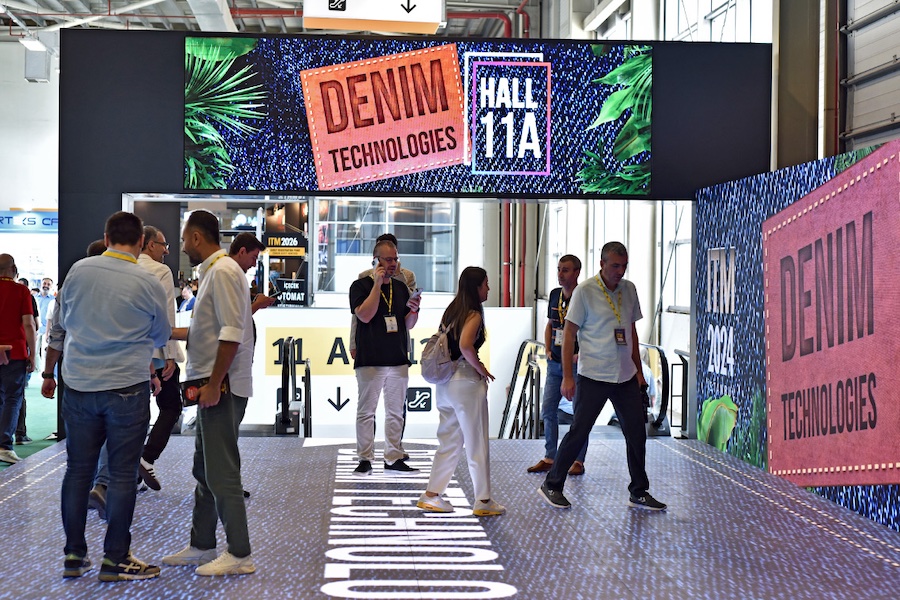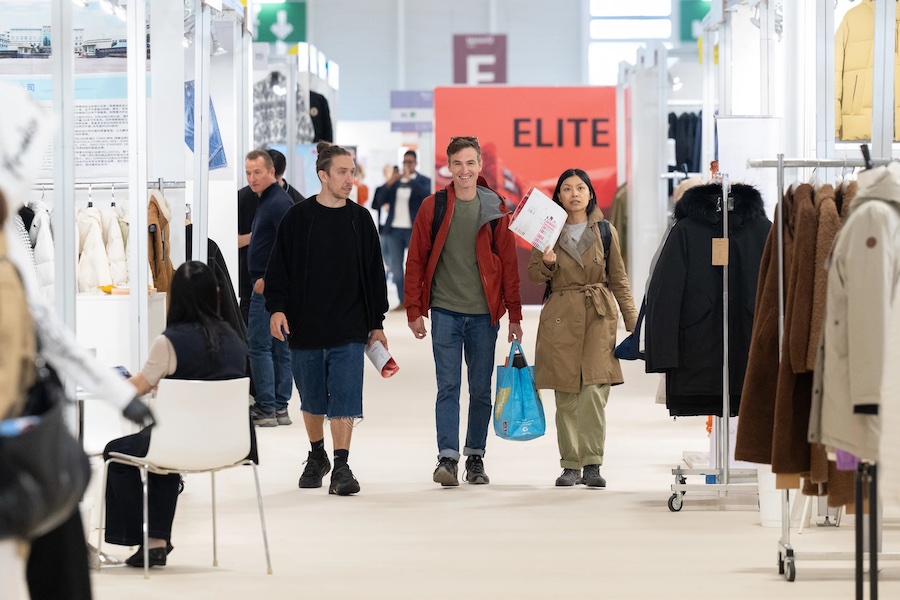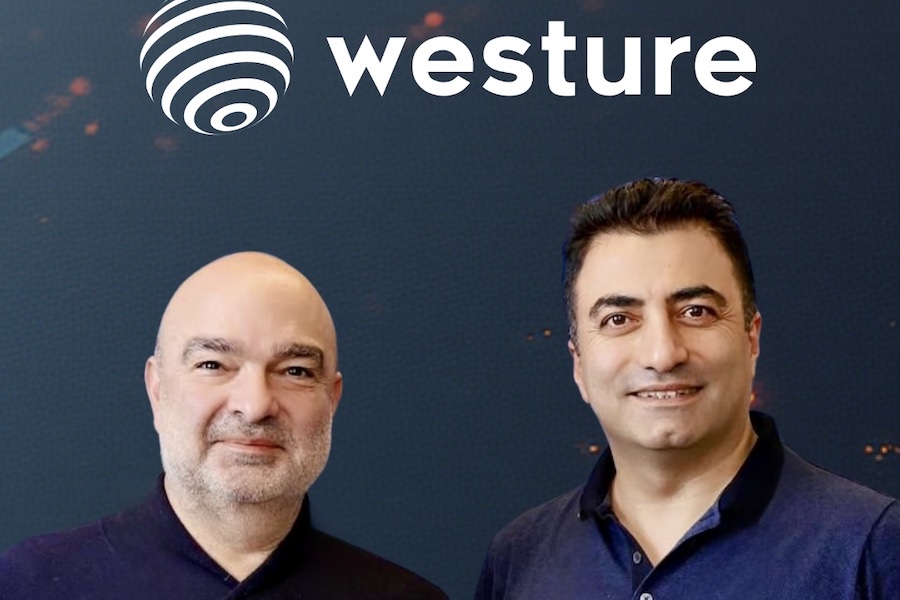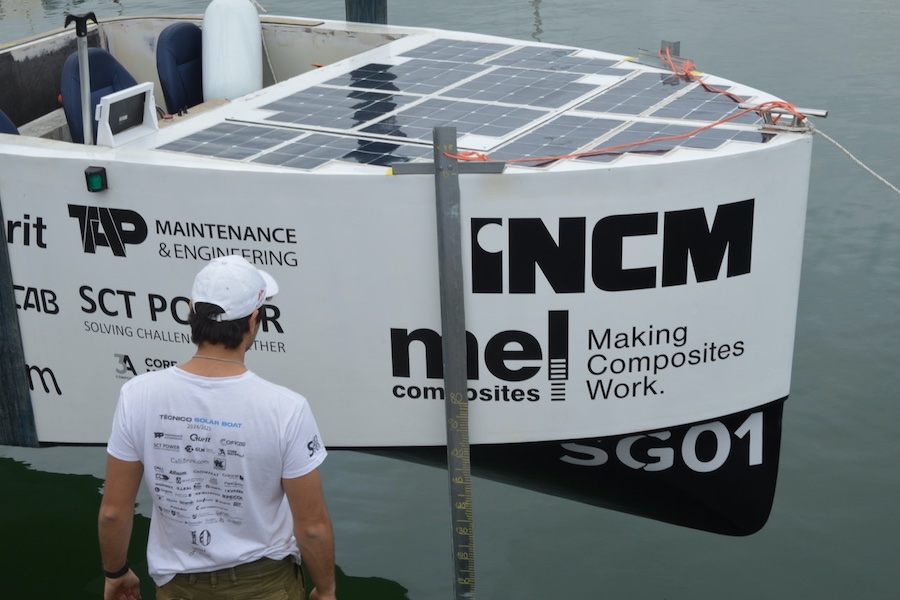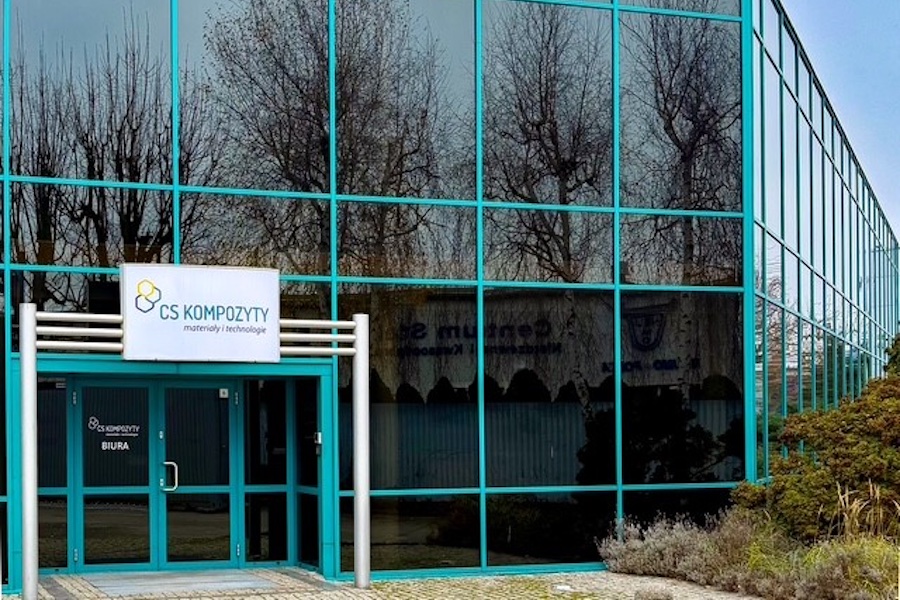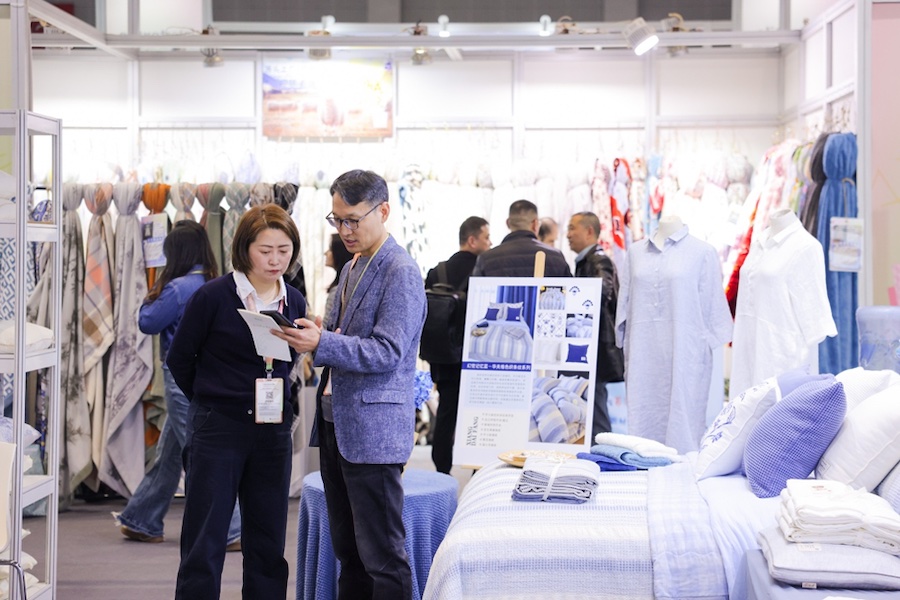#Textiles & Apparel / Garment
adidas nearly doubles e-com sales in challenging second quarter
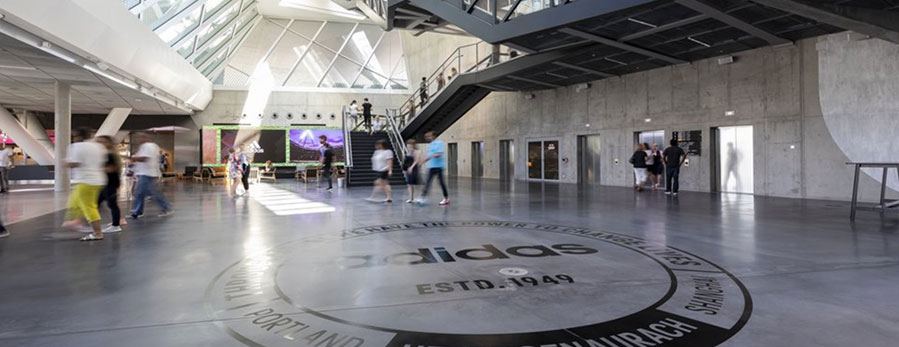
Major developments:
- Global coronavirus pandemic causes closure of over 70% of adidas’ stores at high point
- DTC sales up slightly, driven by 93% currency-neutral e-com growth
- China revenues flat for the quarter, reflecting double-digit growth in May and June
- Overall revenues down 34% currency-neutral
- Operating loss of € 333 million includes around € 250 million coronavirus-related costs
- Cash position stable at € 2.0 billion as effective cash measures prevent outflows
- Business trends improve toward quarter-end and into Q3
- Q3 outlook implies operating profit improvement of around € 1.0 billion compared to Q2
- Currency-neutral revenues decrease 34% in Q2 2020 due to global coronavirus outbreak
adidas recorded a material revenue decline in its physical distribution channels during the second quarter of 2020 as the global coronavirus pandemic caused a very large number of store closures as well as a pronounced traffic reduction within the parts of the store fleet that were reopened. At the same time, the company experienced exceptional growth in online sales, which accounted for more than one-third of its total business, through its own as well as partners’ e-commerce platforms. Sales through the company’s own e-commerce channel increased 93% during the quarter. In total, second quarter revenues decreased 34% in currency-neutral terms. While sales at brand adidas declined 33% in the second quarter, Reebok revenues were down 42%, reflecting the brand’s higher exposure to the U.S. market. In euro terms, revenues decreased 35% to € 3.579 billion (2019: € 5.509 billion).
All markets significantly impacted by global coronavirus pandemic
At the high point of the worldwide lockdown measures in April, almost all stores outside of Asia-Pacific or more than 70% of the company’s global store fleet were closed. Starting in May, adidas began to execute its store reopening plan also outside of Asia-Pacific in accordance with the decisions taken by local authorities, resulting in 83% of stores being operational at the end of June, albeit partly with reduced hours. While store traffic remains below prior year levels, the company registered an increase in conversion rates, as consumers that visit stores tend to have a clearer buying intent. During the lockdowns, adidas doubled down on e-commerce as the only fully operational channel through targeted consumer marketing, exclusive product launches and prioritized supply chain management. This strong focus was reflected in global e-commerce sales growth accelerating to a triple-digit rate in both April and May and remaining at an exceptional level even as stores reopened. While sales in Greater China were flat for the second quarter, reflecting double-digit growth in May and June, currency-neutral sales in Asia-Pacific were down 16% in the second quarter. The coronavirus pandemic weighed on the second quarter sales developments most severely in Latin America (-64%) and Emerging Markets (-60%), but also had a significant negative impact in Europe (-40%), North America ( 38%) and Russia/CIS (-34%).
Gross margin declines despite favorable channel and market mix
The company’s gross margin decreased 2.4 percentage points to 51.0% (2019: 53.5%) in the second quarter. While a more favorable channel and market mix as well as lower sourcing costs had a positive effect on gross margin, a less favorable pricing mix due to increased promotional activity as well as negative currency fluctuations weighed on the development in the quarter. In addition, an increase in inventory allowances had a negative impact on the gross profit development in a high double-digit-million euro amount.
Operating result negative due to revenue shortfall and coronavirus-related charges
Other operating expenses decreased 7% to € 2.189 billion (2019: € 2.346 billion) and, as a percentage of sales, increased 18.6 percentage points to 61.1% (2019: 42.6%). Marketing and point-of-sale expenses decreased 25% to € 560 million (2019: € 744 million), as adidas adopted a disciplined approach regarding its marketing activities in light of the coronavirus pandemic, while at the same time accelerating digital marketing investments to support its e-commerce business. As a percentage of sales, marketing and point-of-sale expenses were up 2.1 percentage points to 15.6% (2019: 13.5%). Operating overhead expenses increased 2% to € 1.628 billion (2019: € 1.602 billion) as an underlying decline was more than offset by increased logistics costs resulting from the exceptional e-commerce growth as well as coronavirus-related charges. The latter included higher bad debt allowances as well as an impairment of own-retail stores and the Reebok trademark. As a percentage of sales, operating overhead expenses increased 16.4 percentage points to 45.5% (2019: 29.1%). The company recorded an operating loss of € 333 million (2019: profit of € 643 million) during the quarter, resulting in a negative operating margin of 9.3% (2019: positive 11.7%). The operating profit development in the second quarter of 2020 was significantly impacted by several coronavirus-related charges. These mainly consisted of the increase in inventory and bad debt allowances as well as the impairment of retail stores and the Reebok trademark, with a combined negative impact of around € 250 million.
Net loss from continuing operations amounting to € 306 million
The company incurred a net loss from continuing operations of € 306 million (2019: income of € 462 million). As a result, basic earnings per share (EPS) from continuing operations were negative € 1.45 (2019: positive € 2.33).
Coronavirus pandemic weighs on adidas’ first half year results
In the first half of 2020, revenues decreased 26% on a currency-neutral basis and 27% in euro terms to € 8.332 billion (2019: € 11.392 billion). From a brand perspective, currency-neutral revenues for brand adidas decreased 26%, while Reebok revenues declined 27%. Gross margin was down 3.4 percentage points to 50.1% (2019: 53.5%). While a more favorable channel mix due to the exceptional e-commerce growth as well as lower sourcing costs had a positive effect on gross margin, a less favorable pricing mix due to increased promotional activity and negative currency fluctuations weighed on the development in the first half of 2020. In addition, an increase in inventory allowances as well as purchase order cancellation costs had a negative impact on the gross margin development. Other operating expenses declined 4% to € 4.494 billion (2019: € 4.663 billion) as a result of the company’s decision to proactively reduce costs in light of the coronavirus pandemic. As a percentage of sales, other operating expenses increased 13.0 percentage points to 53.9% (2019: 40.9%). The company recorded an operating loss of € 268 million (2019: profit of € 1.518 billion), resulting in a negative operating margin of 3.2% (2019: positive 13.3%). The operating profit development in the first half of 2020 was significantly impacted by several coronavirus-related charges. These mainly consisted of product takebacks in Greater China, purchase order cancellations, the increase in inventory and bad debt allowances as well as the impairment of retail stores and the Reebok trademark, with a combined negative impact of around € 500 million. During the six-month period, adidas incurred a net loss from continuing operations of € 286 million (2019: income of € 1.093 billion). Basic as well as diluted EPS were negative € 1.33 (2019: positive € 5.50).
Operating working capital increases 10% on a currency-neutral basis
Inventories increased 46% to € 5.213 billion versus the prior year level of € 3.579 billion (+49% currency-neutral) due to inevitably lower-than-expected product sell-through caused by the broad-based store closures. Compared to the level as at March 31, 2020, inventories increased 20%. The year-over-year increase in inventories was partly offset by a 33% decline in accounts receivable (-31% currency-neutral) and a 22% increase in accounts payable (+23% currency-neutral). As a result, operating working capital increased 6% to € 4.506 billion (June 30, 2019: € 4.248 billion) and was up 10% on a currency-neutral basis. Average operating working capital as a percentage of sales increased 3.3 percentage points to 21.5% (June 30, 2019: 18.3%).
Cash position of € 2.018 billion at quarter-end
Cash and cash equivalents were down 18% to €?2.018?billion versus the prior year level of € 2.455 billion. The decline in cash generated from operating activities and the increase in operating working capital were partly offset by effective short-term cash measures and the utilization of existing credit lines. Compared to the end of the first quarter, cash and cash equivalents were largely stable (March 31, 2020: € 1.975 billion) as the short-term cash measures prevented outflows. Net debt amounted to € 792 million at June 30, 2020 (June 30, 2019: net cash of € 362 million). This represents a deterioration of € 222 million compared to the net debt position of € 570 million at the end of the first quarter.
Top- and bottom-line development to improve sequentially in the third quarter
The company’s top line has continued to sequentially recover since the end of the second quarter, with global e-commerce revenues still growing at an exceptional double-digit rate and the global store opening rate standing at 92% as of today. At the same time, adidas’ revenue development remains negatively impacted by ongoing disruptions to the retail landscape, particularly in parts of North America and Latin America, reduced opening hours as well as lower traffic due to social distancing guidelines in many markets. As a result, the company’s top-line development in the third quarter of 2020 is predicted to improve materially compared to the second quarter, yet to remain below the prior year level. Specifically, third quarter revenues are forecast to be down at a mid- to high-single-digit rate compared to the prior year. The operating result is anticipated to turn into a profit of between € 600 million and € 700 million, reflecting an improvement of around € 1 billion compared to the loss generated during the second quarter. The anticipated sequential recovery in the third quarter assumes that the company’s global store fleet will be operational throughout the quarter in the absence of any major lockdowns, with traffic in physical stores continuing to gradually improve.
adidas not able to provide outlook for full year 2020 including coronavirus impact
The company is still not able to provide a full-year outlook including the coronavirus impact due to the prevailing uncertainties around the further development of the coronavirus pandemic, the pace of business normalization in the reopened stores as well as the global macroeconomic environment.
Kasper Rorsted: “From everything we know today, our recovery will continue in Q3. Where we are open for business, be it in physical stores or in the digital space, consumer demand for our products is high. This is a solid foundation to build on as the long-term growth prospects for the industry have become even more promising.”







